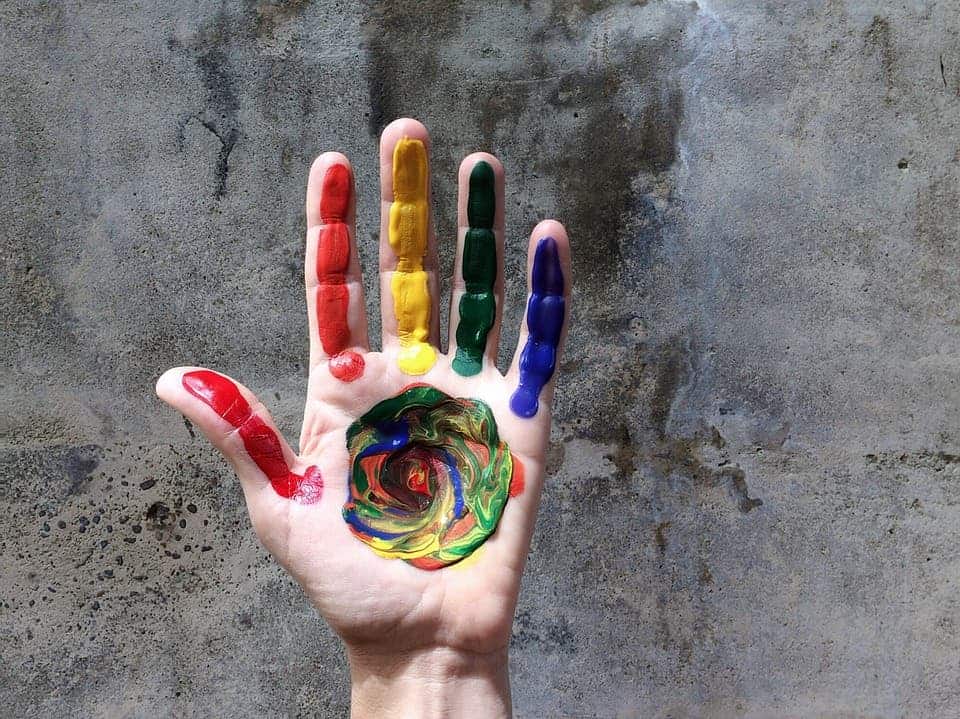You’d think there would be fewer instances of petty differences and bullying in a field of science that is concerned with the untold wonders of the universe. A new study, however, sheds light on the scale of harassment faced by astronomers and planetary scientists who are LGBTQPAN (lesbian, gay, bisexual, transgender, queer/questioning, pansexual, asexual, and/or nonbinary) women and gender non-conforming individuals.

The study, led by researchers at NASA’s Jet Propulsion Laboratory, the University of Illinois at Urbana-Champaign, and the Space Science Institute in Boulder, Colorada, surveyed 474 researchers in astronomy and planetary science.
A staggering 21% of LGBTQPAN women and gender non-conforming participants claimed they were physically harassed in their workplace between 2011 and 2015. Nearly 9% of heterosexual, cisgender women experienced physical harassment, in comparison. The study, which was published in the Bulletin of the American Astronomical Society, also found that 47% of LGBTQPAN women and gender non-conforming individuals were verbally harassed in the same timeframe.
“We have very real issues with harassment and negative language being either heard more or being pushed towards highly underrepresented intersectional groups like women of color and LGBTQPAN women and gender non-conforming people within our society,” Christina Richey, a researcher at NASA’s JPL, told Axios.
Like most STEM fields, astronomy and planetary science suffer from a significant lack of diversity. A study published in Nature Astronomy found that astronomical studies by women tend to be cited approximately 10% less than those by men. Another study found that women are underrepresented on planetary science spacecraft mission teams.
In 2017, Richey and colleagues published a study in the Journal of Geophysical Research: Planets finding that “40% of women of color reported feeling unsafe in the workplace as a result of their gender or sex, and 28% of women of color reported feeling unsafe as a result of their race.”
The new study further expands on the harassment faced by LGBTQPAN groups, highlighting a pervasive attitude of disrespect and discrimination against vulnerable and underrepresented groups in academia.
The solution? Richey says that universities and institutions should “prioritize the physical, sexual and psychological safety of all their workers.” But that’s easier said than done.









